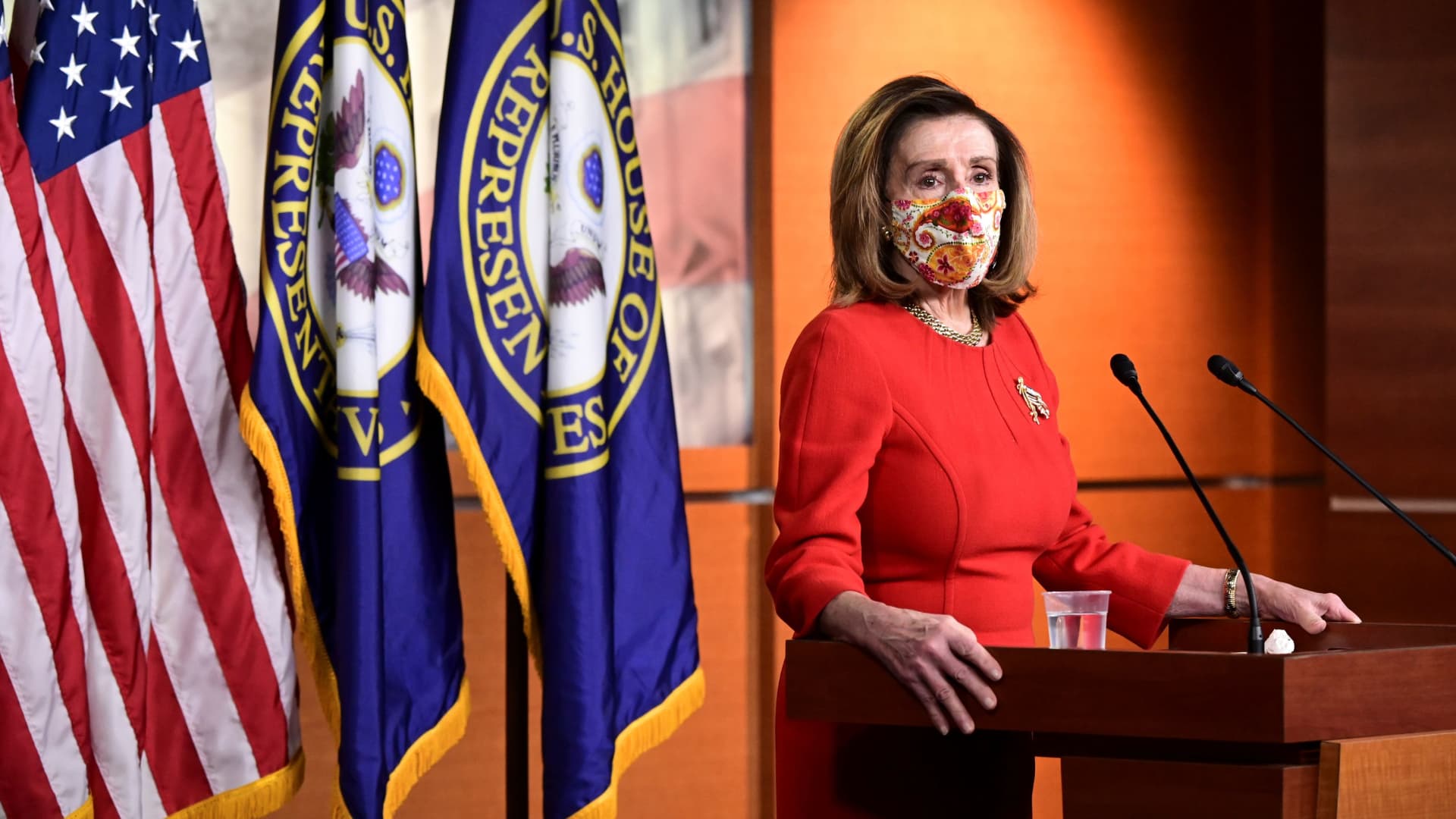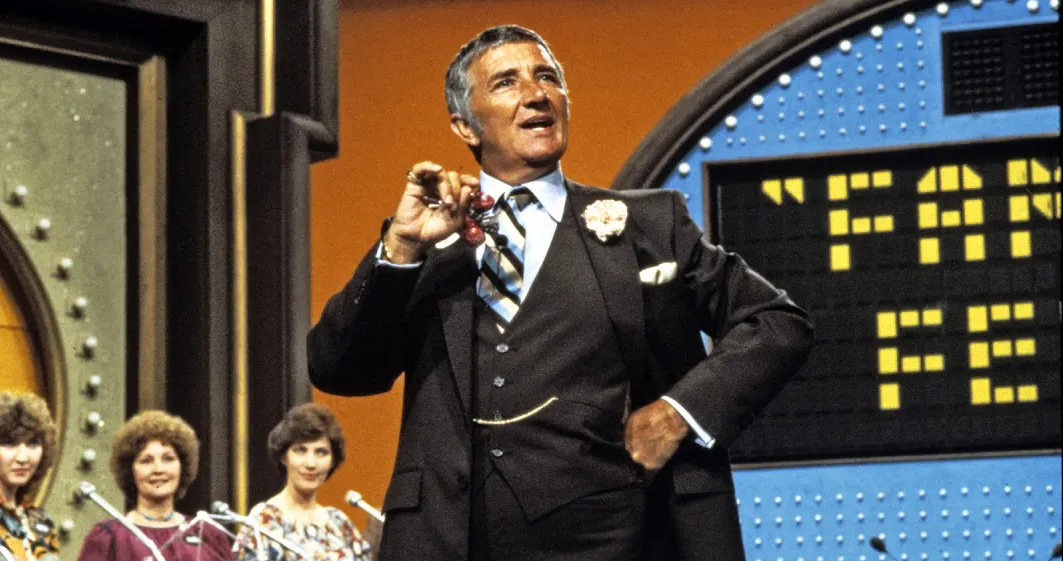Calls to raise the federal minimum wages are likely as old as the federal minimum wage itself.
This year COVID has energized the debate. With so many workers—particularly workers in service industries—suffering significant financial loss due to closures, hour reductions, and a lack of customers, the difficulties of living on our current minimum wage have become painfully clear.
Yesterday, House Speaker Nancy Pelosi revealed the upcoming $1.9 trillion House aid package will include a proposal to increase the federal minimum wage to $15.
The proposal means to target the most vulnerable Americans while stimulating much needed nationwide economic growth. This idea is based on a wealth of studies indicating a strong economic ripple effect that occurs when those most in need have more available income.
Which makes us think of another group—a group that often isn’t considered when we think about the powerful economic impact a vulnerable group can have: Social Security beneficiaries.
Today we ran into a letter to the editor in a Lehigh Valley, Pennsylvania news outlet that puts our thoughts pretty plainly:
There was a time back in early 2020 on the campaign trail when the idea of increasing monthly Social Security benefits during COVID was all over the press.
Former candidate Senator Elizabeth Warren (D-MA), along with Senators Chuck Schumer (D-NT) and Ron Wyden (D-OR) rolled out a plan to increase monthly benefits by $200 through the end of 2021 late last March. Originally part of Warren’s presidential campaign platform in 2019, the proposal eventually made it into the Senate Democrats’ phase 3 Coronavirus aid package in 2020.
Toward the end of 2020, now President Joe Biden echoed the desire to boost Social Security benefits by $200 per month. The Warren plan is directly included in his own COVID aid plan, and up until the Biden stimulus proposal was revealed this year, many were confident we might finally see a sorely needed Social Security boost.
But now that plan has been revealed, and unfortunately…
Crickets again.
As of right now, there is no mention of any $200 increase to monthly Social Security payments. The idea that was so discussed early last year has all but disappeared.
It makes us ask: how can we seriously discuss the possibility of increasing income for millions of vulnerable Americans and simultaneously exclude Social Security beneficiaries?
To put things into perspective, the federal minimum wage today is $7.24 per hour. Now, depending on what state you live in, the minimum wage could be much higher.
Only 17 states determine their minimum wage based on the federal minimum wage or have a state-mandated minimum wage equivalent to the federal amount. Most states require a minimum wage at least a dollar or two higher (Washington, D.C., though a district, already requires a $15 minimum wage).
As it stands, the federal minimum wage is about $14,500 per year. This is the amount many Congressmen and members of the public find unacceptable—especially during COVID.
The average Social Security benefit is about $1,543 per month. That’s around $18,516 per year, or $4,016 higher than the current federal minimum wage.
If we bumped the federal minimum wage to $15 per hour, the new minimum wage salary would be around $30,000 per year. That’s over $11,000 more per year than the average beneficiary gets.
So…you probably see the problem here.
Arguments to double the federal minimum wage really hold a magnifying glass over the reality so many retirees must face: a significant percentage—nearly half—of all retirees are trying to make ends meet on just $18,000 per year. And that’s an amount that many legislators and voters have already determined is unacceptable, unrealistic, and unworkable in today’s high-cost world. ESPECIALLY given how the pandemic has affected the costs of daily necessities.
And the arguments about vulnerable groups being some of the most instrumental groups in building overall economic strength as a country? We’ve talked about the intense economic growth seniors bring to the table when their buying power is strengthened for years.
In fact, every case made for boosting the federal minimum wage right now is a case that can be made—and HAS been made about Social Security beneficiaries. Senior spending creates and maintains jobs. Seniors dump huge amounts of money into local, state, and federal governments. Senior buying power is vital to stimulating economic growth.
So why did this modest $200 monthly benefit increase proposal go missing? And why are seniors’ needs so frequently the first to disappear when these proposals hit the public?
None of this is to say we should or shouldn’t increase the federal minimum wage. These are two entirely different issues and debates.
But we can’t deny how frustrating it is to see such a game-changing proposal being formally included in pandemic aid packages when such a modest proposal to boost Social Security benefits seems to have been quietly swept from the table. We’re talking about $200 extra per month. That’s only $2,400 per year for each beneficiary.
Modest it may be, it could make a world of difference for so many seniors. Ultimately one that would benefit all of us in time.
And when the $15 per hour wage increase is being touted as a necessity for those who are the most at-risk during this pandemic? One that millions of people struggling to make ends meet need to get through this mess we’re all living through?
All we can do is shake our heads.






